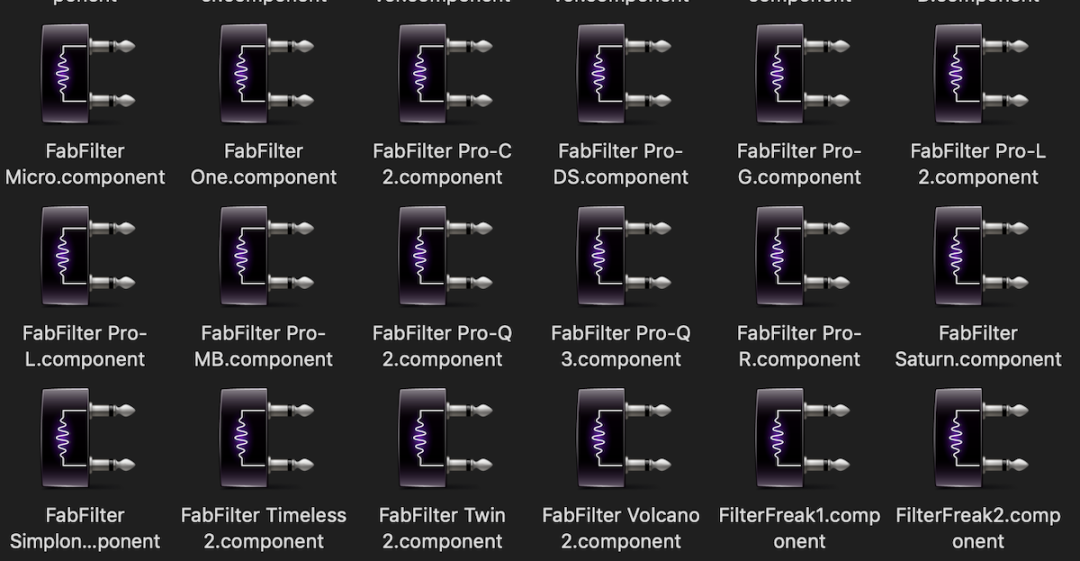Plugins come in various formats, with Audio Units being specially designed for Mac operating systems.
Introduction: What Are Audio Units
Audio Units (AU) are simply a type of plugin. They’re one of the most popular formats alongside VST2 (Virtual Studio Technology), VST3, and AAX (Avid Audio eXtention for Pro Tools). To make a distinction, we sometimes say that VSTs are for Windows while AUs are for Mac, but you can run VST plugins on Mac as well. Audio Units are exclusive to Mac and will not run on a Windows machine.
Functionally, there’s no difference between VSTs and Audio Units. The difference lies in the internal architecture that make them compatible for specific systems.
Where Are Audio Units Stored on Mac (By Default)
You’ll find your AU plugins through the following file path: Mac HD > Library > Audio > Plugins > Components. AU plugins use the .component extension, which is slightly confusing since it has no relation to the format name. But once you understand that, you’ll know that all of your AU plugins are in the Components folder on your Mac computer.
AU vs VST: Does It Matter?
In short: No. It’s really not something we have to think about so long as we purchase plugins that are compatible with our computer. We buy, we download, we run the installer, we launch our DAW, and bam — new plugins are there, and they work.
The only time it might matter is if you’re running a DAW which only supports AU plugins (Logic, for instance). Let’s say you’re using a plugin that doesn’t offer an AU format — just VST. In that situation, Logic wouldn’t support the plugin and you wouldn’t be able to use it. Realistically, though, as long as we’re supporting software developers by buying their stuff and not trying to find “cracked” versions, you won’t run into many compatibility issues.
VST AU Wrappers
So, what happens if you want to run VST plugins in an AU-exclusive host? You download a wrapper such as FXpansion. This is an “adapter” that scans your system for VST plugins and creates AU versions of them. That way you can have your cake and eat it too.
Again, this is a very specific circumstance you’re not super likely to encounter. It’s rare enough that FXpansion no longer updates their own software because so many plugin developers regularly offer AU versions of their stuff.
How to Install/Use AU Plugins in Garageband
We mentioned earlier that most plugin installation processes are automated. If not, all you need to do is drag the .component file into the Components folder we talked about. Restart your DAW and you’re good to go.
Conclusion: Using AU plugins on Mac
Audio Units are nothing to be overwhelmed by. They’re just a Mac-specific plugin format, and most major plugin developers provide AU versions of their software for use on Apple computers or AU-exclusive DAWs like Logic Pro.
